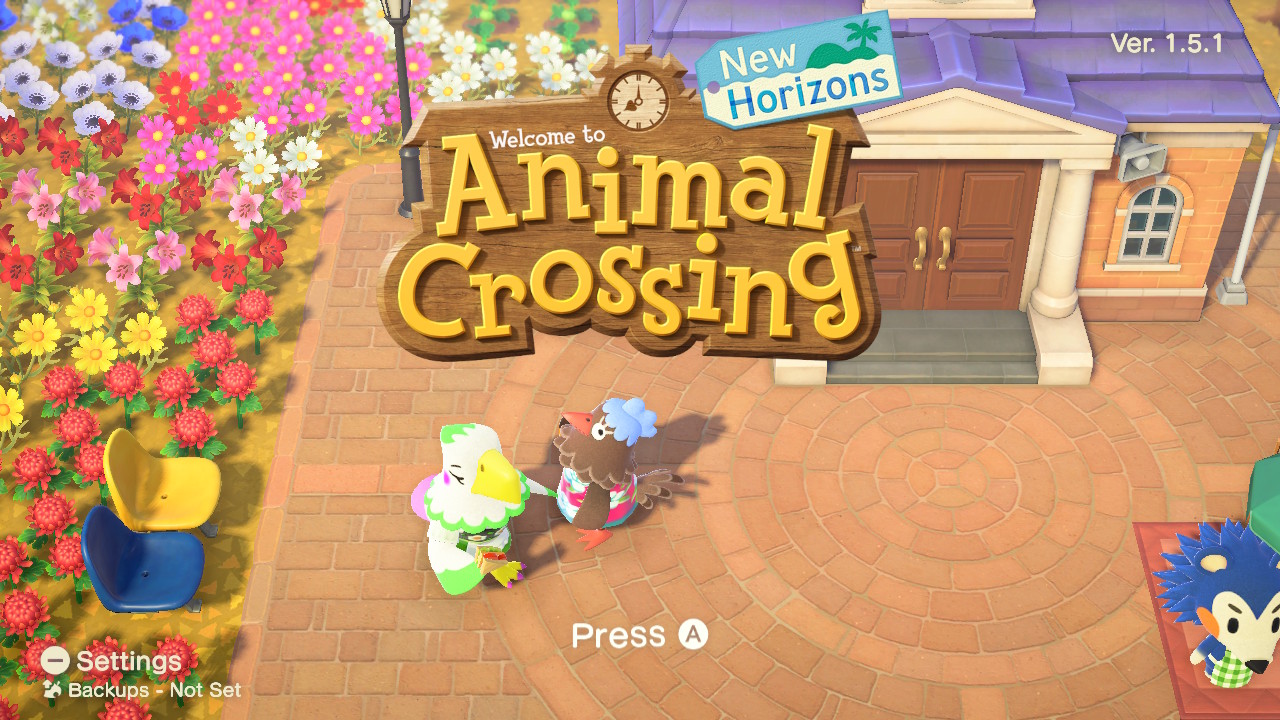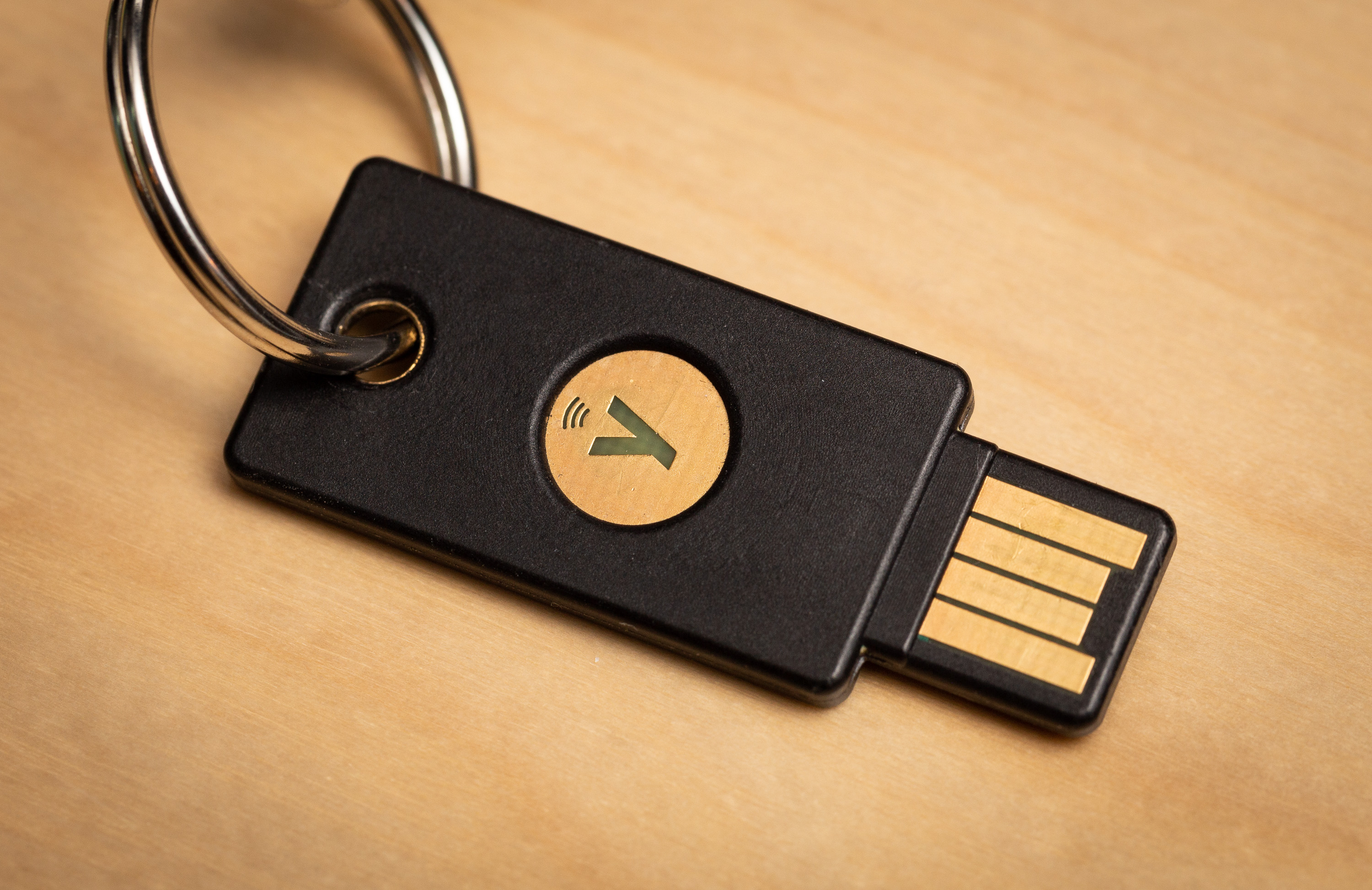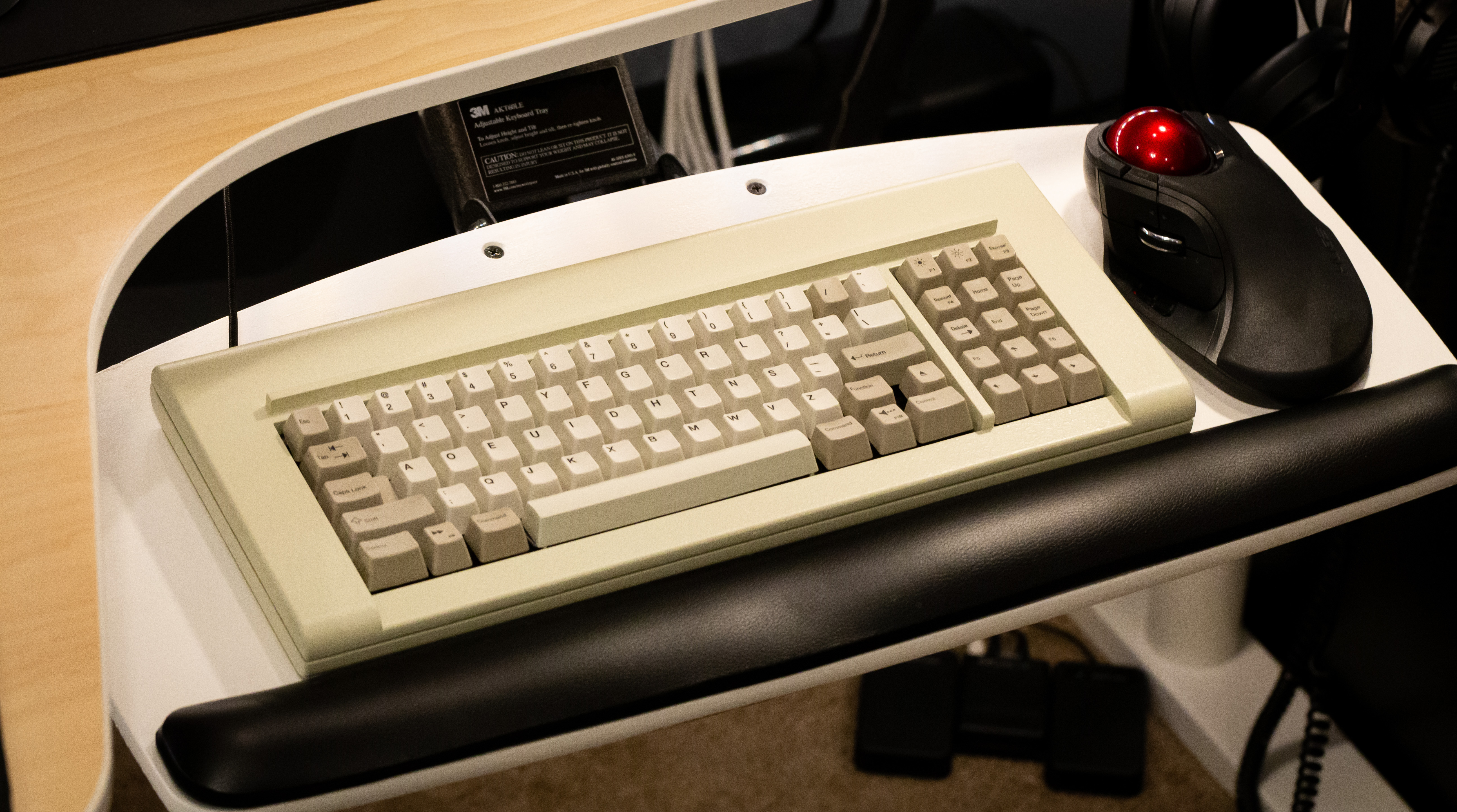The fear we hide from ourselves
Introduction
I had a crappy realization: I spend a lot of time being afraid and mostly at stuff that doesn't seem to warrant it.
This came as a surprise because I've been so dissociated that I didn't notice. I find fear overwhelming and hard to stay with and apparently learned early on that fear was dangerous. I developed sophisticated strategies to avoid feeling it and so forget how to recognize it and I suspect a lot of people with trauma patterns are in the same boat.
I was diagnosed with social anxiety in my early 20s. It was a diagnosis I resisted fiercely—"That's not me. I am social. I can talk to people. I work retail! I'm just introverted." These objections coming from a person who had dropped out of college because he was afraid to leave his apartment and had to work up the courage to go to the grocery store. Who had to rehearse conversations in his head before making a phone call. It took me months to accept the diagnosis.
But when I accepted it, it gave me a path to take action to address it. I got more practice socializing. I forced myself to actually say things that I'd normally spend minutes rehearsing in my head and ultimately not say. I developed better scripts for small talk, better patter at work. I went out more, made more friends, took more risks. I got better at it, but it was a surface-level intellectual improvement. Really, I got better at hiding it. I got better at pretending it wasn't there. I got better at pretending I wasn't afraid.
In pre-K they had a chart up on the blackboard that tracked everybody's behavior: one column for stars, another for demerits. I was a perfectly behaved child, because I went to school every day terrified of getting a demerit. Finally, one day I started cutting paper stars out of some construction paper, forgetting we weren't supposed to use it and got my first—and only demerit. I don't remember what the teacher said or did. I just remember the bottom dropping out of my stomach when I realized the mistake I had made. Most kids probably learn from moments like these that mistakes aren't fatal and brushes with authority aren't the end of the world. I did not. That fear strengthened and grew.
Dissociation and intellectualization were close companions—after all, you can't be afraid if you're not really present, and you can't be threatened by emotions if you're too busy analyzing them. I got very good at both.
It wasn't until my mid-30s that I was forced into my realization about fear.




